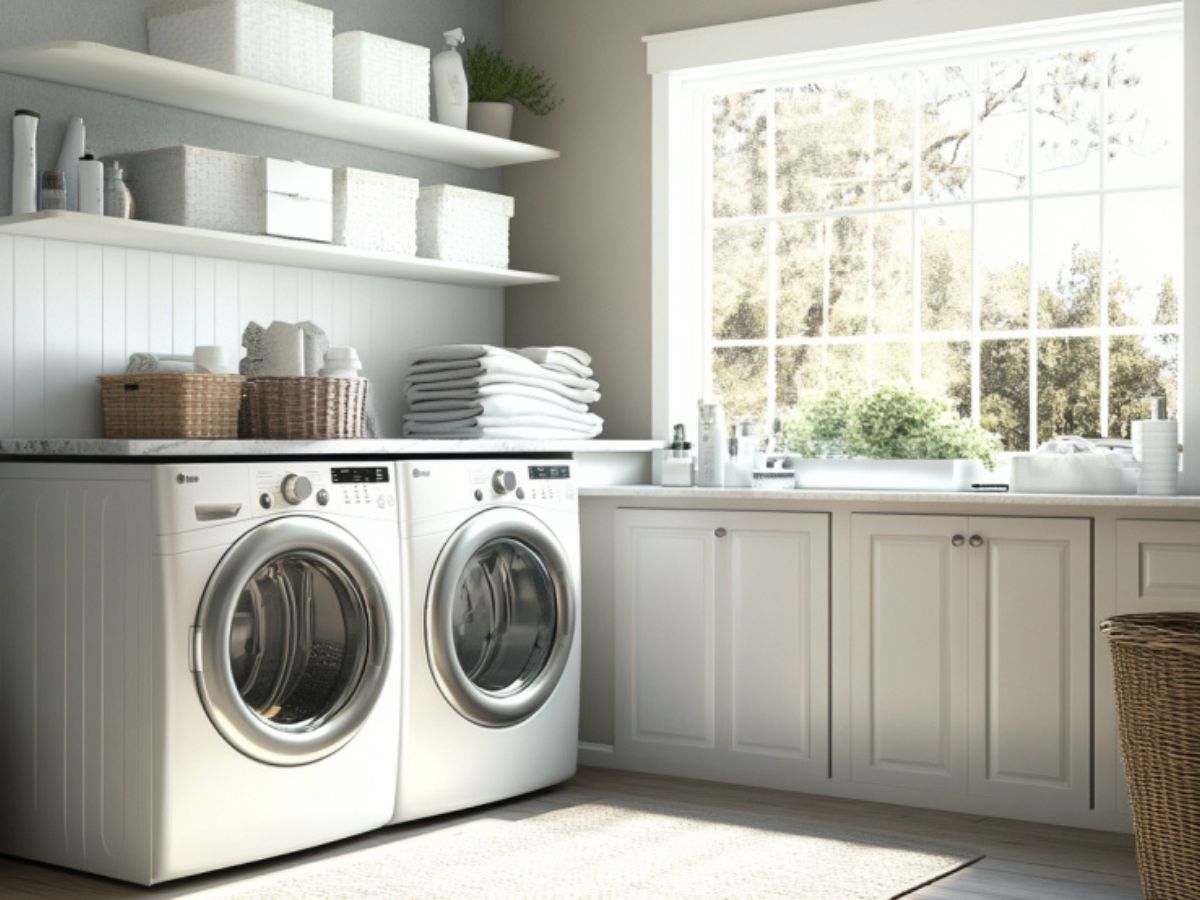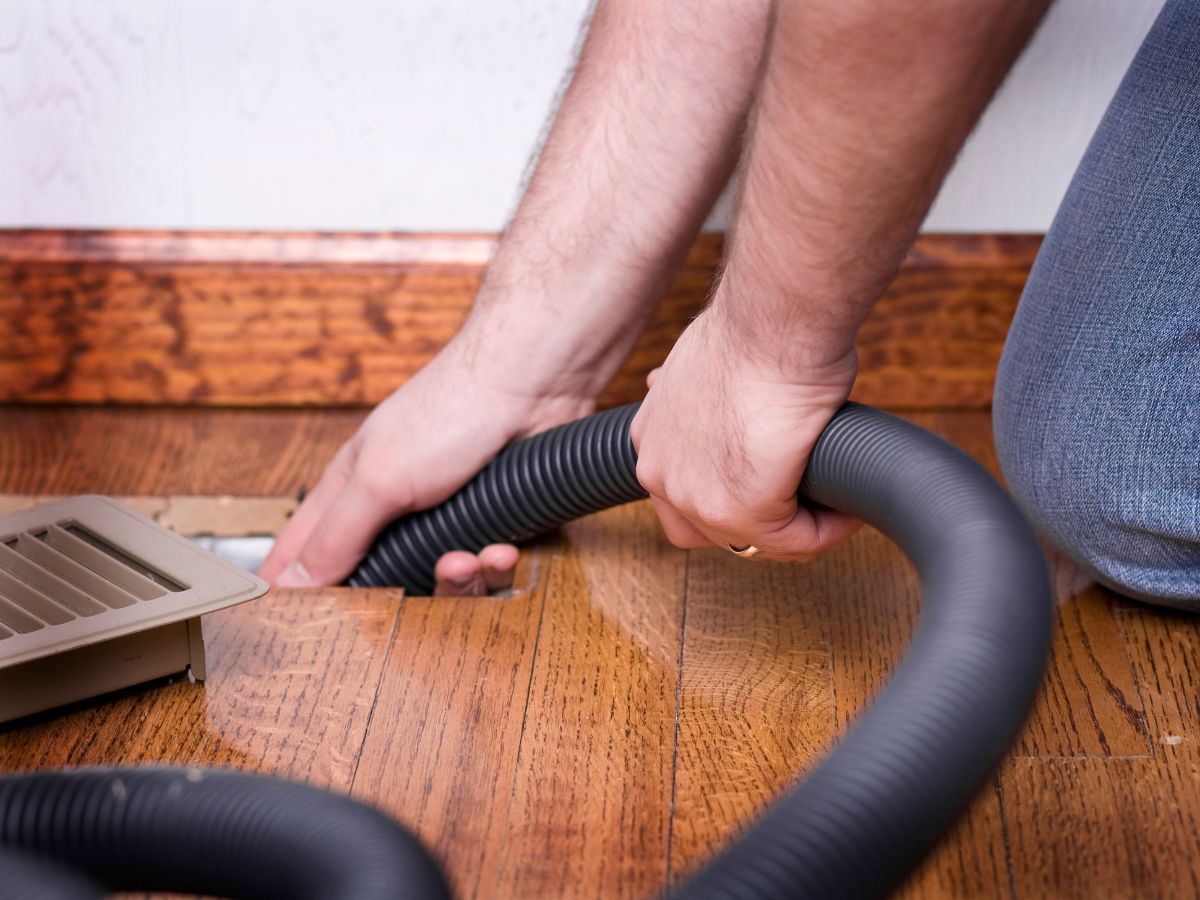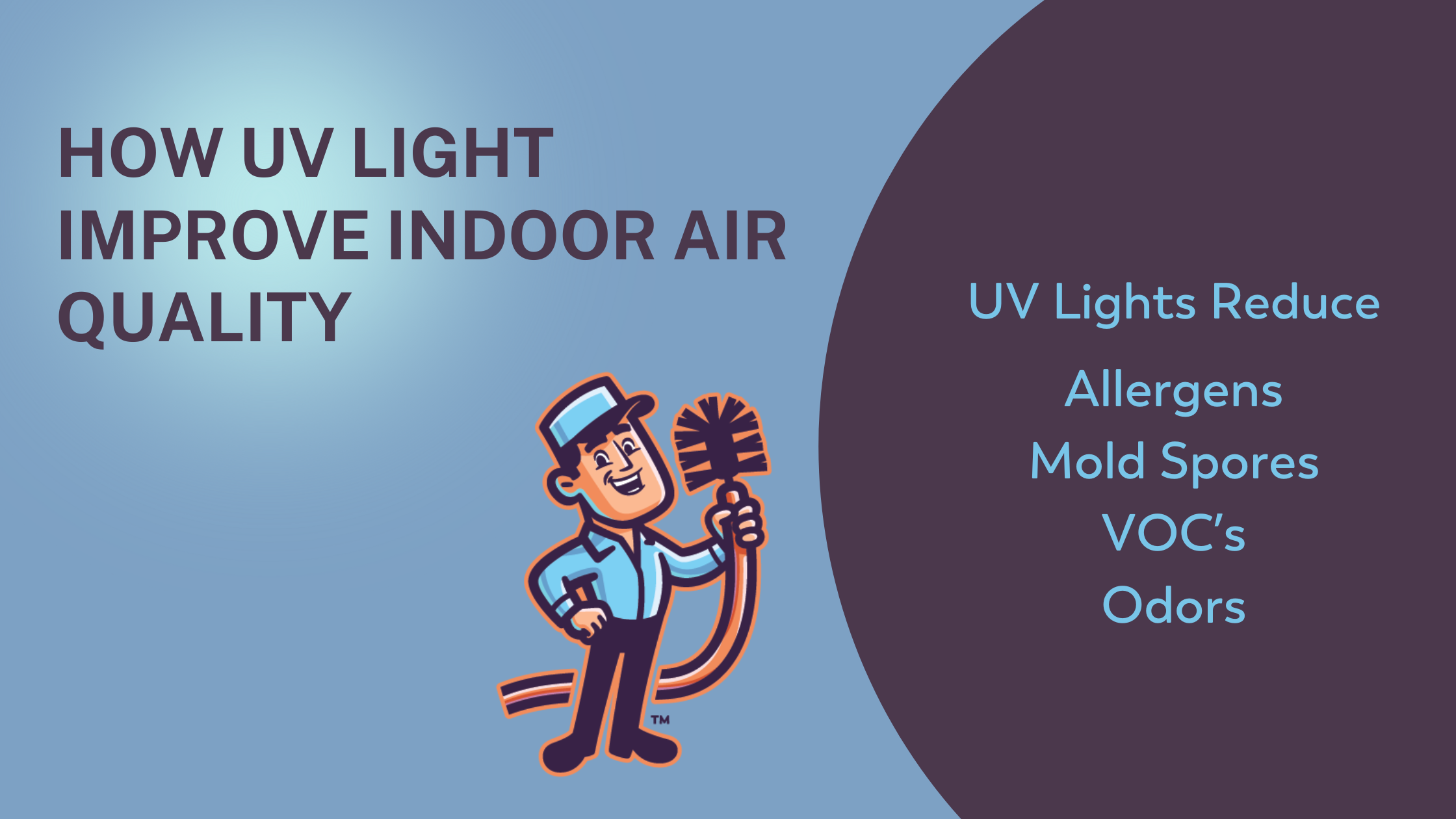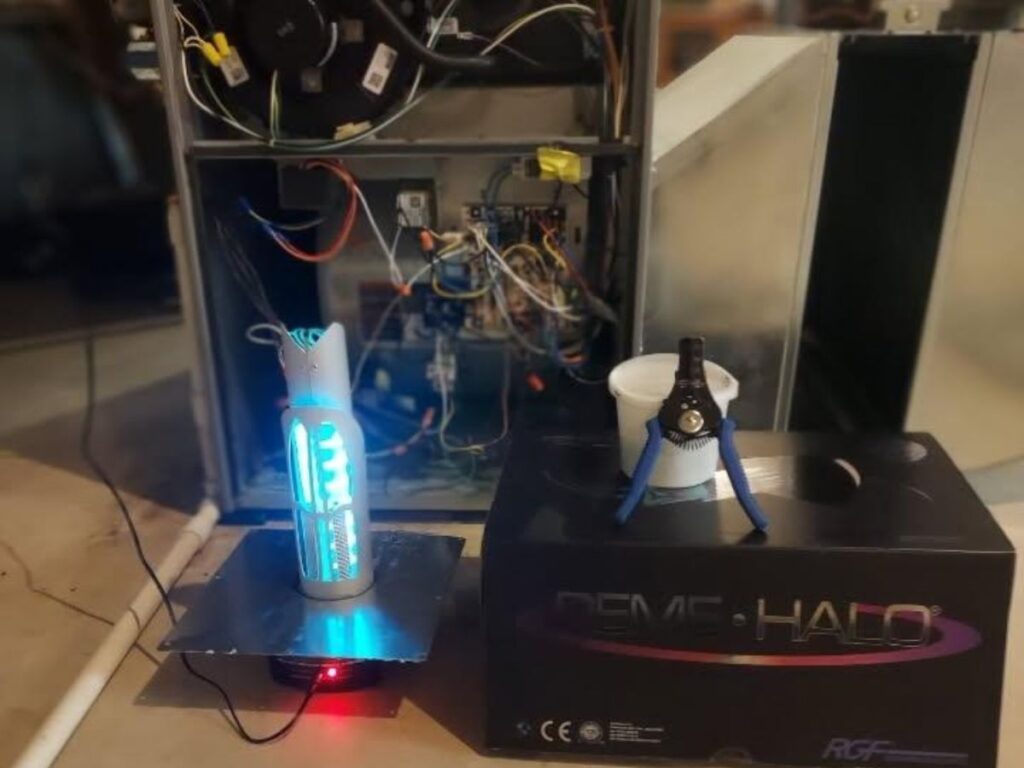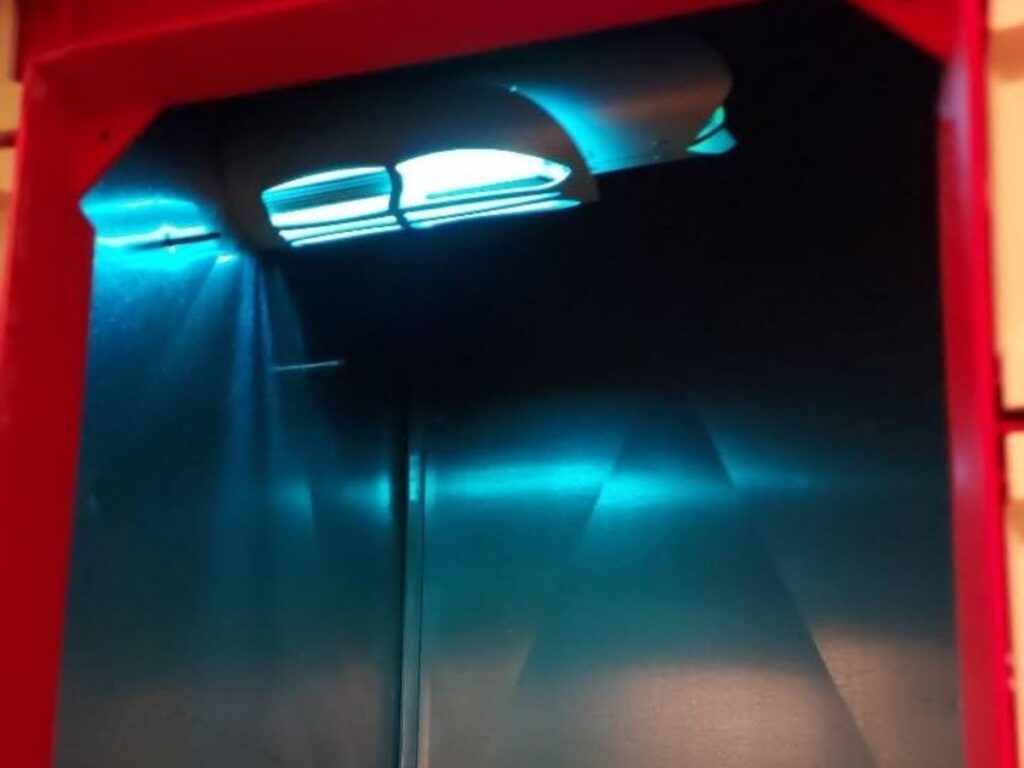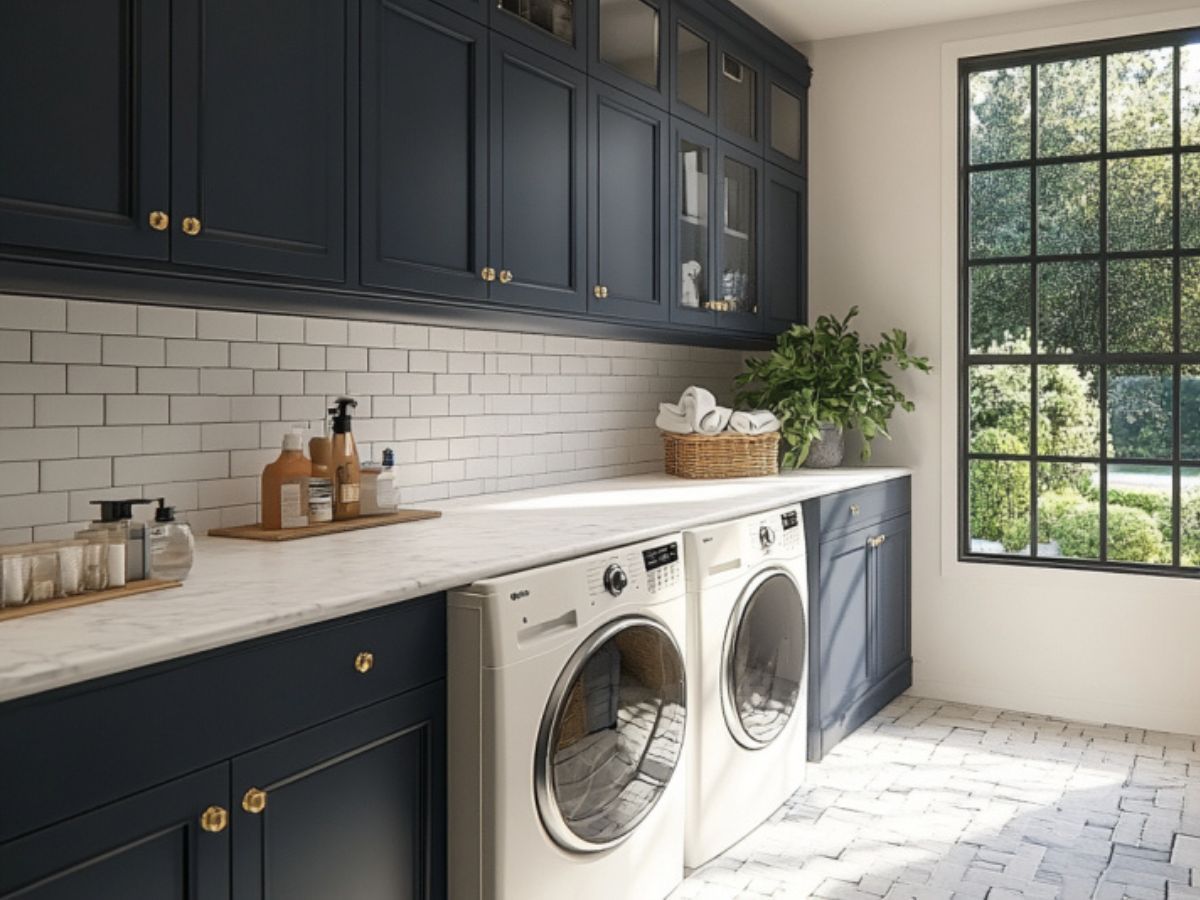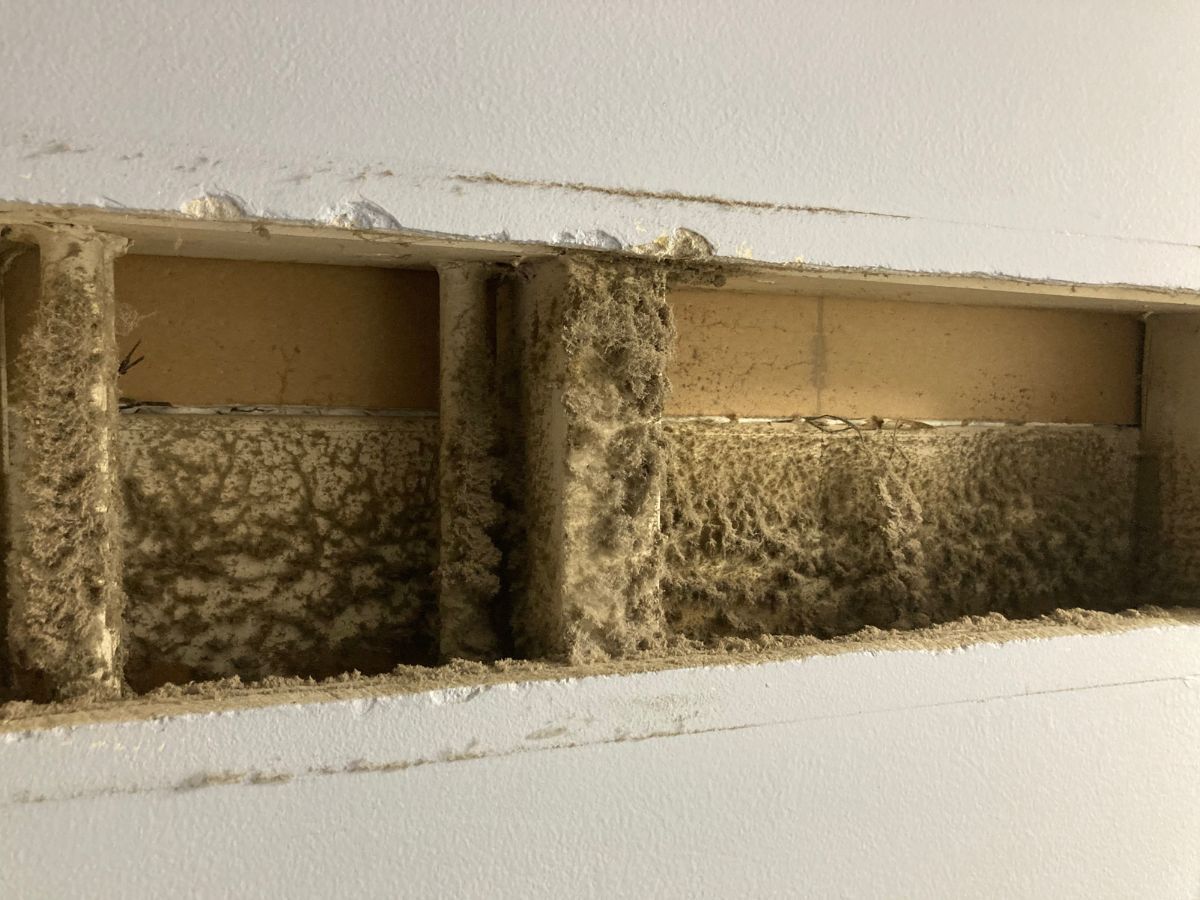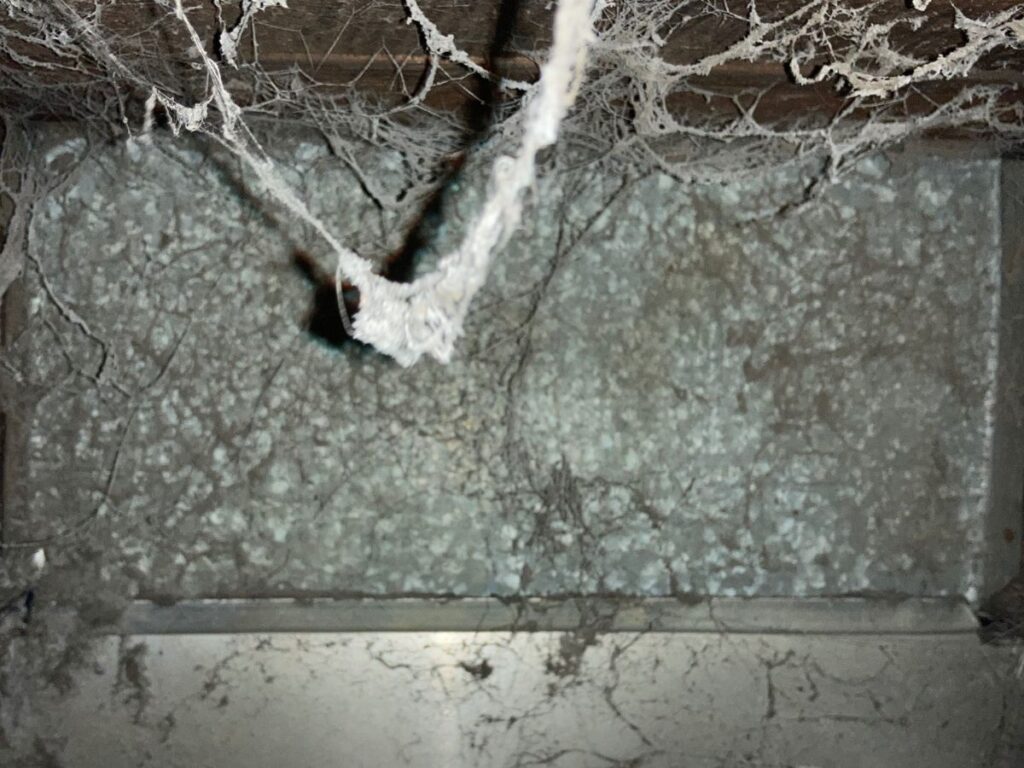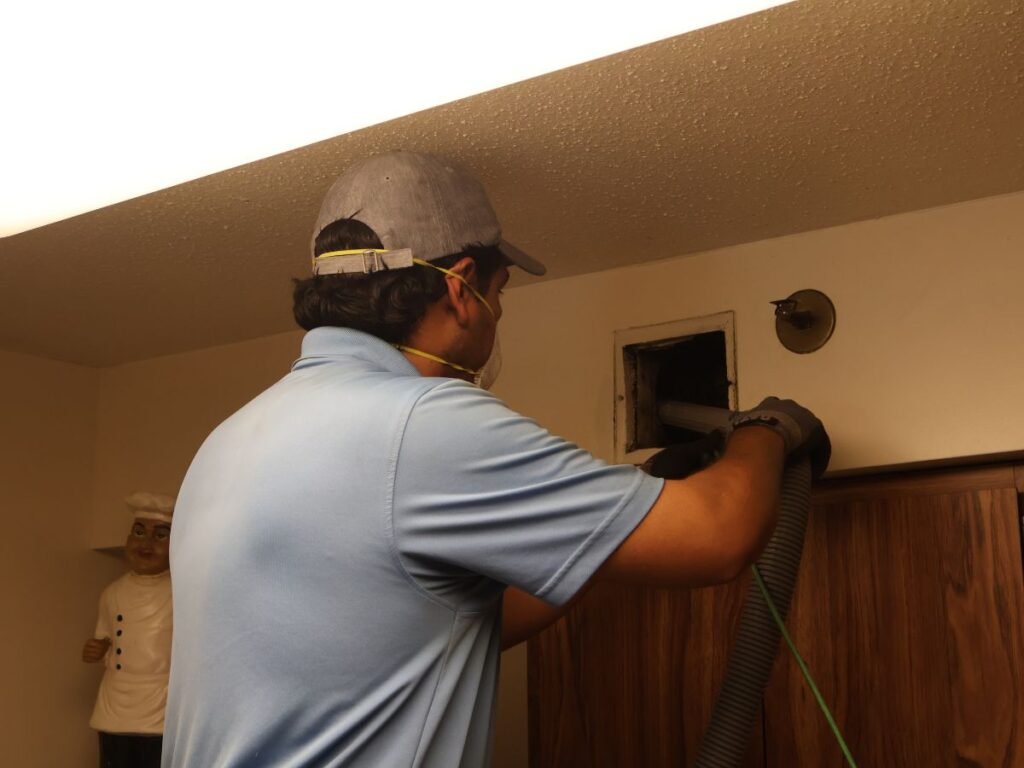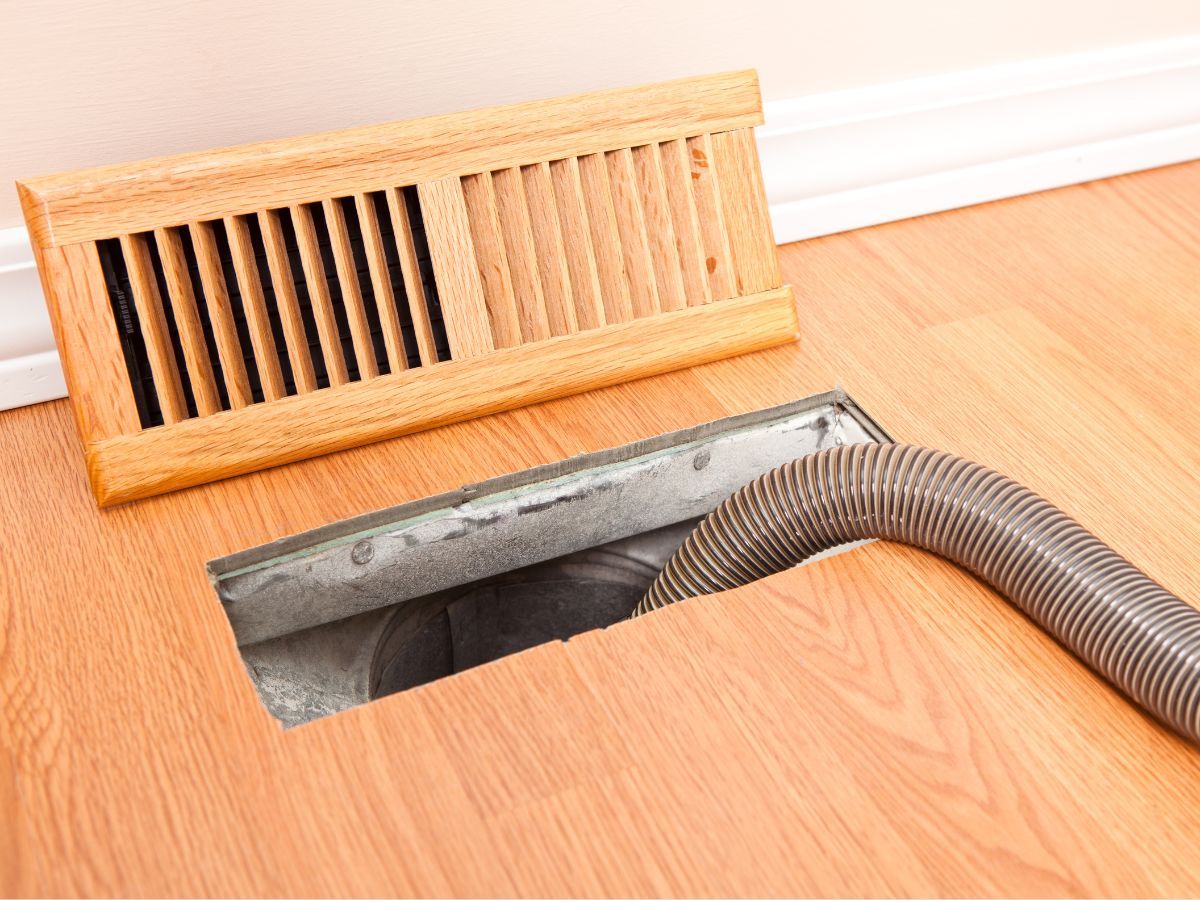What Is the Average Cost of Dryer Vent Cleaning in Notre Dame, IN?
Dryer vent cleaning in Notre Dame, IN costs between $100 and $300, depending on the size of the system and the level of buildup. While price is important, what really matters is how much peace of mind it brings. A clogged dryer vent isn’t just an efficiency issue—it’s a serious fire hazard that many homeowners and businesses overlook.
One Local’s Experience with Dryer Vent Cleaning
Tom had lived in Notre Dame for years. His home was in a beautiful older neighborhood, and while he kept up with regular maintenance, there was one thing he never really thought about—his dryer vent.
His dryer had been taking longer to dry clothes, and he figured it was just getting old. But then, he noticed something strange:
- His laundry room felt hotter than usual after running the dryer.
- His energy bills had slowly crept up.
- Clothes came out damp even after a full drying cycle.
At first, he brushed it off. But one evening, he smelled something slightly burnt. It wasn’t overwhelming, but it was enough to make him uneasy. After a quick Google search, he realized that lint buildup in dryer vents is one of the leading causes of house fires.
He didn’t want to take any chances. That’s when he called Duct Crew for a dryer vent inspection and cleaning.
Why Is Dryer Vent Cleaning Important?
Most people clean their lint trap after every load, but that’s not enough. Over time, lint, dust, and debris accumulate deep inside the vent system, reducing airflow and creating a fire risk.
Here’s what can happen if you don’t clean your dryer vent:
- Fire Hazard: Lint is highly flammable, and restricted airflow can cause overheating.
- Higher Energy Bills: A clogged vent makes your dryer work harder, using more electricity.
- Excess Wear on Your Dryer: Blockages force your dryer to run longer, leading to faster breakdowns.
- Poor Air Quality: Dust and allergens can recirculate into your home, affecting indoor air quality.
After learning about these risks, Tom was glad he made the call.
What Affects the Cost of Dryer Vent Cleaning in Notre Dame, IN?
When Tom scheduled his appointment, he learned that dryer vent cleaning costs vary based on:
- Length and Complexity of the Vent System
- Short, straight vents are easier and cheaper to clean.
- Longer vents with twists and turns require more time and specialized equipment.
- How Much Lint Has Built Up
- A slightly clogged vent takes less time and effort to clean.
- If lint, debris, or even pest nests are found, additional work is needed.
- How Often You Get It Cleaned
- If you clean your vent every year, maintenance is quick and affordable.
- If it hasn’t been cleaned in several years, it may require a deep cleaning service.
- Commercial vs. Residential Services
- Homes usually have shorter vents, making the process faster and more affordable.
- Commercial buildings (apartment complexes, laundromats) have larger ventilation systems, which take more time to clean.
For Tom, his vent system wasn’t too bad, but the technician did find a significant lint buildup that needed removal.
How the Dryer Vent Cleaning Process Works
Tom expected the cleaning to take all day, but the Duct Crew technician made the process fast and hassle-free.
Here’s how it worked:
- Inspection: The technician checked the entire vent system for blockages and damage.
- Vacuum and Brush Cleaning: Using high-powered vacuums and rotating brushes, they removed built-up lint and debris.
- Airflow Test: They made sure air was flowing properly again.
- Safety Check: The vent was inspected for damage or potential fire hazards.
The whole thing took under an hour—and the difference was immediate.
- Tom’s dryer ran quieter.
- His laundry room no longer overheated.
- Drying times were back to normal.
Why Choose Duct Crew for Dryer Vent Cleaning in Notre Dame, IN?
Tom couldn’t believe he had waited so long to get his vent cleaned. He learned that Duct Crew is one of the most trusted names in dryer vent cleaning—and for good reason.
What sets Duct Crew apart?
- Experienced Technicians: Fully trained, insured, and equipped with industry-leading tools.
- Upfront Pricing: No surprises, no hidden fees—just honest, transparent service.
- Quick, Non-Disruptive Service: Most cleanings take less than an hour.
- Long-Term Benefits: Improved efficiency, lower energy bills, and fire risk reduction.
If you’re like Tom and haven’t cleaned your dryer vent in years, now’s the time.
Book your dryer vent cleaning today at Duct Crew.
Final Thoughts
Tom’s experience is a reminder to all homeowners that dryer vent cleaning isn’t just about saving money on energy bills. It’s about safety. A blocked vent can turn into a fire hazard, and the warning signs aren’t always obvious.
If you’ve noticed:
- Clothes taking longer to dry
- A hot laundry room after running the dryer
- A burning smell while drying laundry
It’s time to get your dryer vent inspected and cleaned.
Call Duct Crew or visit their website to schedule your service today!
FAQ
- How often should dryer vents be cleaned?
Experts recommend cleaning your dryer vent at least once yearly to prevent lint buildup and maintain dryer efficiency. Homes with large families or frequent laundry loads may need cleaning every six months.
- Can a clogged dryer vent cause my dryer to stop working?
Yes! If airflow is restricted, your dryer can overheat and shut off. Regular cleaning prevents wear and tear on your machine, helping it last longer.
- What are the signs that my dryer vent is clogged?
Look for:
- Clothes taking longer than usual to dry.
- A burning smell when running the dryer.
- Excess lint buildup around the dryer or vent opening.
- A hot dryer or laundry room after use.
- Can I clean my dryer vent myself?
You can clean the lint trap and parts of the vent, but deep cleaning requires professional tools to reach inside the duct system. A professional service ensures all debris is fully removed.
- Can birds or pests nest in my dryer vent?
Yes! Birds, rodents, and insects often seek shelter in warm, enclosed spaces like dryer vents. A blocked vent can reduce airflow, unpleasant odors, and even potential fire hazards. If you notice strange noises, debris near the vent opening, or a persistent musty smell, it’s time for a professional inspection and cleaning.
